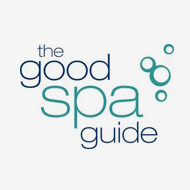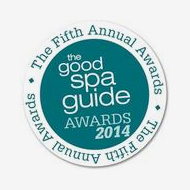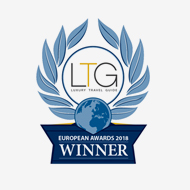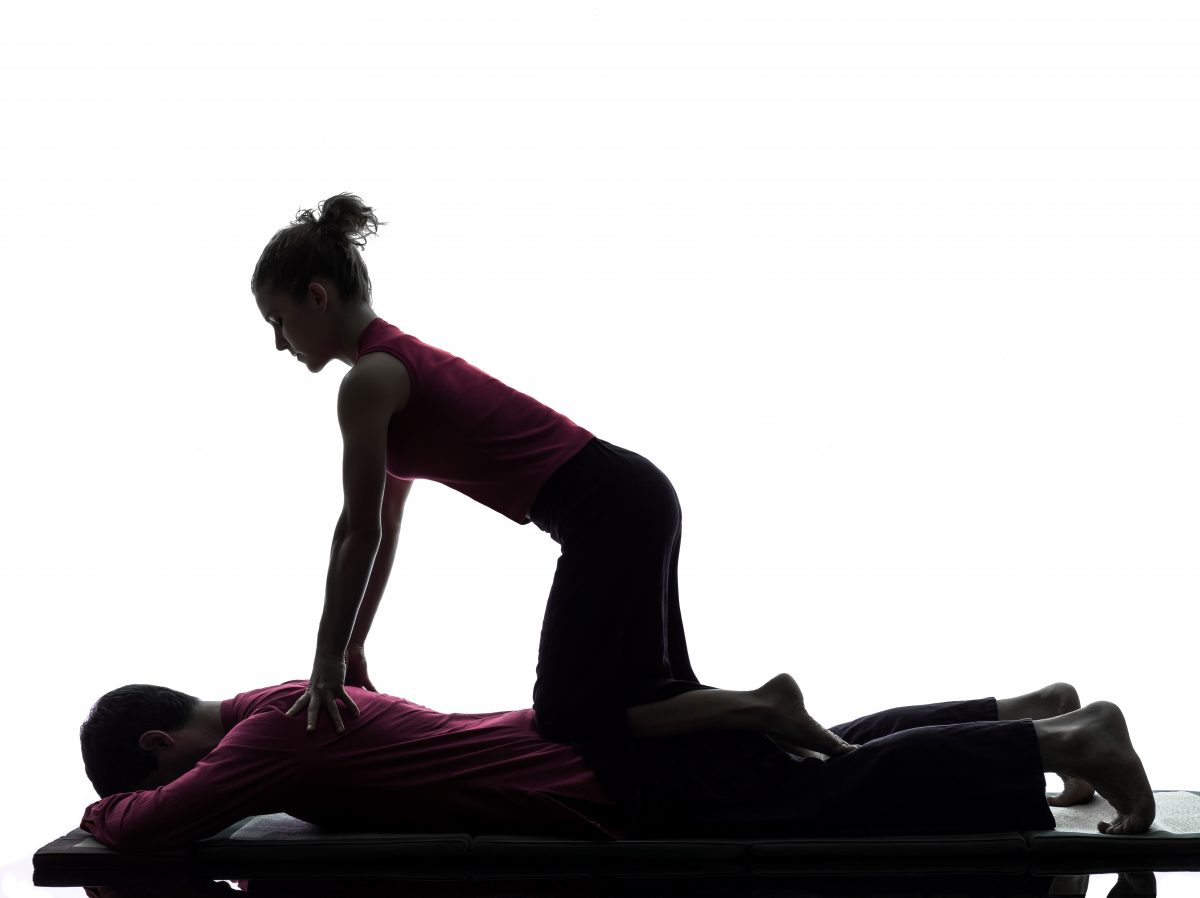New Study Reviews Effectiveness of Massage Therapy: Researchers Draw Interesting Parallels Between Massage and Psychotherapy By Michael Devitt, senior associate editor Massage therapy is one of the fastest growing forms of alternative medicine in the country.
A 1998 study found that visits to massage therapists increased 36 percent between 1990 and 1997.1 More recently, a study published by the National Center for Complementary and Alternative Medicine this May2 found that massage was the ninth most popular form of alternative medicine in the country, with an estimated 5 percent of the adult American population using massage therapy at least once in the past 12 months. While the use of massage continues to rise, so has interest in massage research. While several meta-analyses of massage studies have been conducted in the past, each of them has been limited in scope, preferring to look at specific patient groups or types of therapy.
A new meta-analysis, published in a peer-reviewed scientific journal earlier this year,3 has taken a fresh look at the effectiveness of massage therapy in the adult population, and has concluded that it offers a wide range of physical and psychological benefits similar to those seen using other forms of care. In the analysis, researchers began with 144 studies that fit their definition of massage, which was defined as “the manual manipulation of soft tissue intended to promote health and well-being.” To qualify for inclusion, each study had to have been conducted on adults; studies on infants, or those employing therapeutic touch, ice massage, self-massage or with mechanical devices were eliminated.
In addition, each study had to (a) compare an MT group with at least one non-MT control group; (b) randomly assign subjects to groups; and (c) report data sufficient enough for a between-groups effect to be generated on at least one variable being studied. Results Thirty-seven studies met the above criteria and were used in the meta-analysis. The studies involved a total of 1,802 participants, including 795 who received therapy. The average number of participants per study was 48.7; the average age of a participant was 40.6. In some studies, massage was delivered only once; in others, it was performed multiple times. On average, participants received 21.7 minutes of therapy per treatment application. Sixty-five percent of the studies reported using a trained massage therapist (or therapists) to provide care; 22 percent reported using a “minimally trained” person or persons; and 14 percent did not indicate the level of training by the person (or persons) administering a treatment. Nine specific effects were measured in the studies.
In studies in which patients received a single application of massage therapy, anxiety state, blood-pressure levels, heart rate, negative mood, and immediate assessment of pain and cortisol levels were examined. In multiple-application studies, trait anxiety, depression and delayed assessment of pain were investigated. In the single-application studies, massage therapy (MT) produced “statistically significant” positive results for three effects compared to patients receiving a placebo or a different therapy.
According to the researchers: “… the average participant receiving MT experienced a reduction of state anxiety that was greater than 64 percent of participants receiving a comparison treatment. MT was also more effective than comparison treatments in reducing blood pressure and heart rate. The average MT participant experienced a reduction in blood pressure that was greater than 60 percent of comparison group participants, whereas for heart rate, the reduction resulting from MT was greater than 66 percent of comparison group participants.” In a surprise finding, massage did not reduce cortisol levels significantly, a result that differed from conclusions obtained in previous studies. In addition, massage therapy did not exhibit any effect on the immediate assessment of pain or a patient’s negative mood.
Despite these contrasting results, the scientists noted that “the significant finding for the cardiovascular variables suggests that future research should examine whether MT might have an enduring effect on blood pressure such that it could be used in treating hypertension.” In the multiple-application studies, “some of MT’s largest and most interesting effects” were observed. While massage didn’t appear to affect one’s immediate assessment of pain, “a significant effect” was found for delayed assessment of pain. Specifically, patients who received a course of massage therapy and were assessed several days or weeks after the last treatment session “exhibited levels of pain that were lower, on average, than 62 percent of comparison group participants” a finding that lends credence to the theory that massage may promote the reduction of pain by allowing restorative sleep to take place more easily.
The most significant effects of massage therapy were seen when measuring anxiety and depression levels. According to the researchers, “The average MT participant experienced a reduction of trait anxiety that was greater than 77 percent of comparison group participants, and a reduction of depression that was greater than 73 percent of comparison group participants.” So great were these reductions that the scientists considered massage therapy almost as effective as traditional psychotherapy in the treatment of anxiety and depression.
The Psychotherapy of the 21st Century?
The results of the meta-analysis dealt a blow to some commonly held beliefs about the effectiveness of massage therapy. For instance, the failure of massage to provide a significant effect on the immediate assessment of pain “contradicts the theory that MT provides stimuli that interfere with pain consistent with gate control theory.” In addition, while the reductions in blood pressure and heart rate supported existing beliefs that massage promotes a response in the parasympathetic nervous system, the authors noted that “if this theory is true, it would also be expected that a significant reduction in cortisol levels would have occurred, which did not.”
One new theory the researchers put forth was that massage therapy “may provide benefit in a way that parallels the common-factors model of psychotherapy.” In this model, the specific mode of psychotherapy delivered is secondary to other factors, such as a client’s positive expectation for treatment, a therapist who is warm and has a positive regard for the client, and the relationship between the therapies and the client. “The same model can be extended to MT, given the possibility that benefits arising from it may come about more from factors such as the recipient’s attitude toward MT, the therapist’s personal characteristics and expectations, and the interpersonal contact and communication that take place during treatment, as opposed to the specific form of MT used or the site to which it is applied,” the authors suggested.
Given the proposed similarities between massage therapy and psychotherapy, one might think that the benefits derived from massage are, in layman’s terms, “all in your head.” As the researchers asserted in their conclusion, this is hardly the case, but it does lead to intriguing possibilities for future massage research.
“The idea that MT has significant parallels with psychotherapy, and that perspectives gained from psycho-therapeutic research should be applied to future research, is not meant to suggest that MT delivers effects entirely by psychological means,” the scientists explained. “Clearly MT is at least partially a physical therapy, and some of its benefits almost certainly occur through physiological mechanisms. In fact, one of the most interesting aspects of MT is that it may deliver benefit in multiple ways.” “… However, whether researchers wish to study MT as a physical therapy, as a psychological one, or as both, new research should examine not merely the effects resulting from MT, but also the way in which these effects come about,” they advised. “It is only by testing MT theories that a better understanding of this ancient practice will result.”
